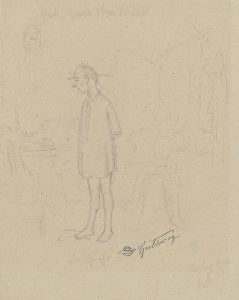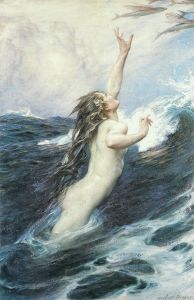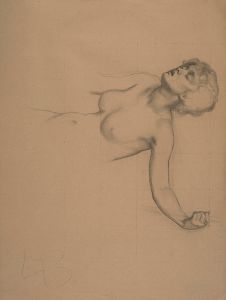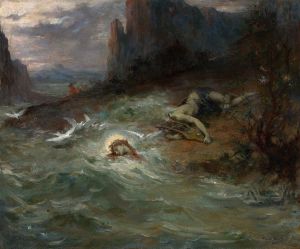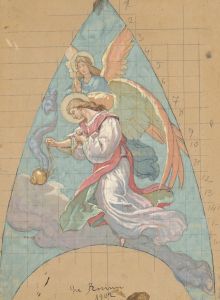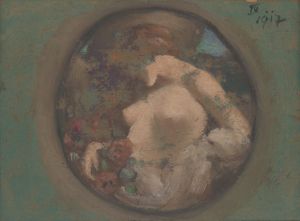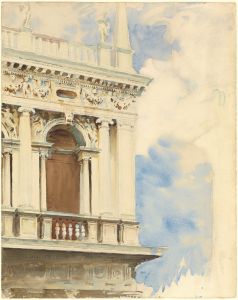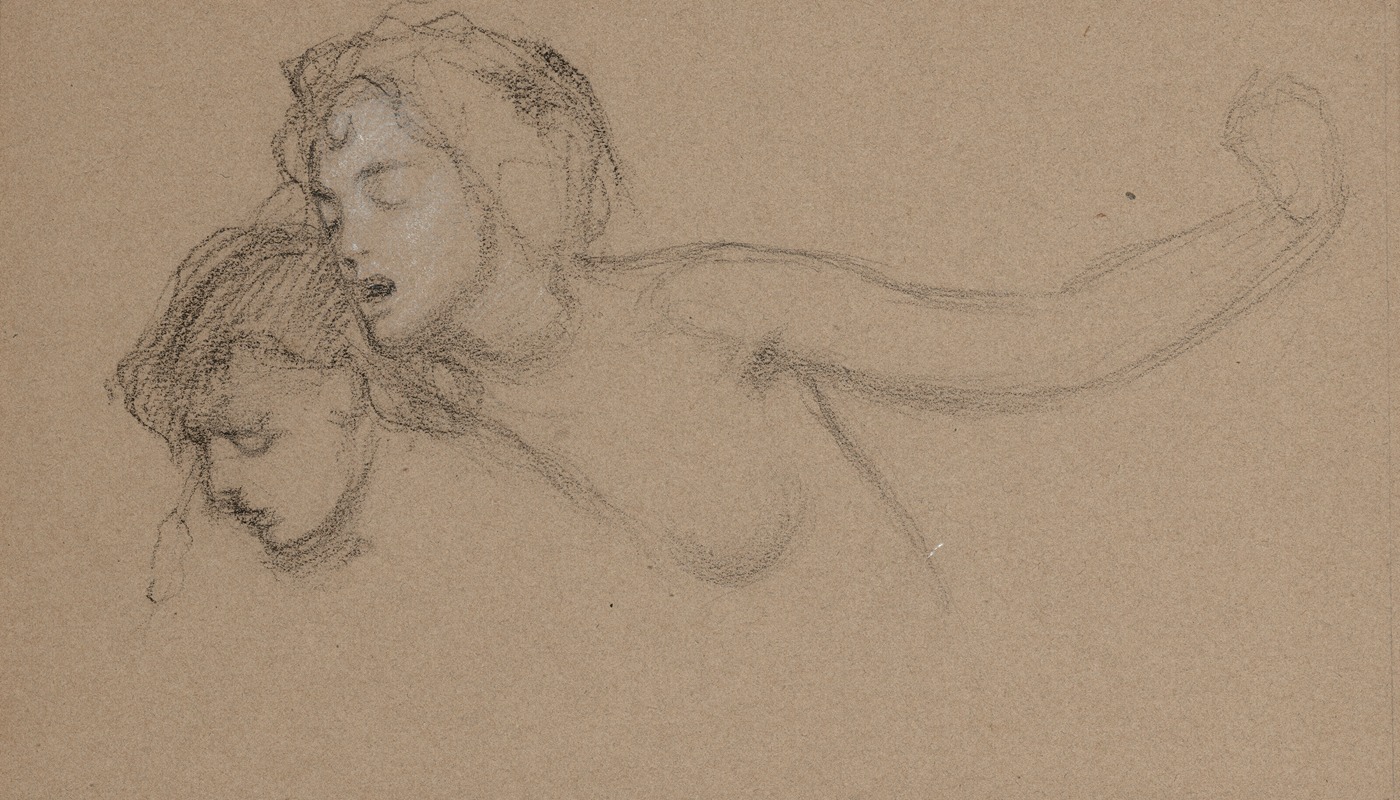
Female nude study for ‘The Lament for Icarus’.
A hand-painted replica of Herbert James Draper’s masterpiece Female nude study for ‘The Lament for Icarus’., meticulously crafted by professional artists to capture the true essence of the original. Each piece is created with museum-quality canvas and rare mineral pigments, carefully painted by experienced artists with delicate brushstrokes and rich, layered colors to perfectly recreate the texture of the original artwork. Unlike machine-printed reproductions, this hand-painted version brings the painting to life, infused with the artist’s emotions and skill in every stroke. Whether for personal collection or home decoration, it instantly elevates the artistic atmosphere of any space.
"Female Nude Study for ‘The Lament for Icarus’" is a preparatory work by the British artist Herbert James Draper, created as part of his process for the larger and more famous painting "The Lament for Icarus." Draper, born in 1863 and active during the late 19th and early 20th centuries, was known for his mythological and allegorical subjects, often featuring figures from ancient Greek and Roman mythology.
"The Lament for Icarus," completed in 1898, is one of Draper's most celebrated works. It depicts the fallen Icarus, a character from Greek mythology who flew too close to the sun with wings made of feathers and wax. The heat of the sun melted the wax, causing Icarus to fall into the sea and drown. Draper's painting captures the aftermath of this tragic event, showing Icarus's lifeless body being mourned by sea nymphs.
The "Female Nude Study for ‘The Lament for Icarus’" is a detailed preparatory sketch that Draper used to refine his depiction of the nymphs in the final painting. This study focuses on the anatomy and posture of a female figure, emphasizing the naturalistic and idealized form that Draper sought to achieve in his work. Such studies were common practice among artists of the time, allowing them to experiment with composition, lighting, and anatomical accuracy before committing to the final piece.
Draper's attention to detail and his skill in rendering the human form are evident in this study. The figure is depicted with a graceful and fluid pose, capturing a sense of movement and emotion that would be translated into the final composition of "The Lament for Icarus." The study likely served as a reference for Draper as he painted the nymphs, ensuring that their forms were both realistic and aesthetically pleasing.
Herbert James Draper was part of the late Victorian and Edwardian art scene, a period characterized by a fascination with classical themes and a high level of technical proficiency in painting. His works often reflect the influence of the Pre-Raphaelite Brotherhood, with their emphasis on beauty, detail, and mythological subjects. Draper's ability to combine these elements with his own unique style made him a prominent figure in the art world of his time.
"The Lament for Icarus" was exhibited at the Royal Academy in London in 1898 and received critical acclaim. It remains one of Draper's most well-known works and is held in the collection of the Tate Britain. The preparatory studies, including the "Female Nude Study," provide valuable insight into Draper's artistic process and his dedication to achieving a high level of craftsmanship in his paintings.
In summary, the "Female Nude Study for ‘The Lament for Icarus’" is an important piece that highlights Herbert James Draper's meticulous approach to his art. It serves as a testament to his skill in depicting the human form and his commitment to creating visually compelling and emotionally resonant works.





